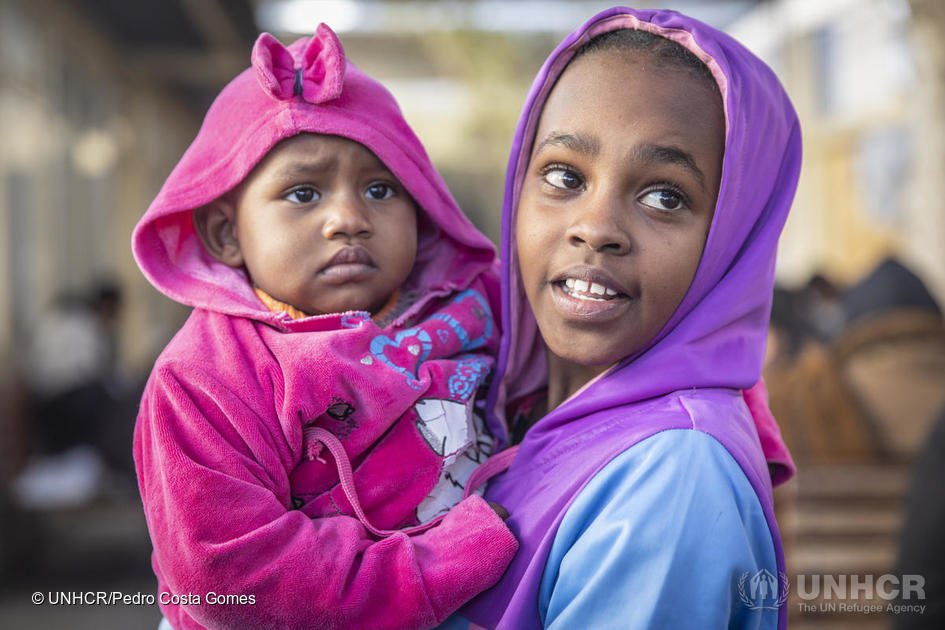Children are affected by migration in different ways. Children are forced to leave due to conflict or to secure access to opportunities, move with their parents or can migrate alone.
Other children do not move, but live in communities that send or receive large numbers of migrants. Many ‘left behind’ children benefit from having migrant parents; remittances sent home by parents can increase consumption, finance schooling, buy health care and fund better housing.
But there are also inequalities between children in accessing resources, which depend on sex, age and the arrangements for their care, which may leave them vulnerable to exploitation and neglect.
Our research examines:
- The full range of children’s experiences of migration in the Global South, focusing on children in Sub-Saharan Africa and the MENA region.
- The impacts of migration (both positive and negative) on the human potential of children.
- The role of age and understandings of ‘childhood’ on migration decision making, journeys and outcomes.
Particular consideration will be given to perceptions of childhood across corridors as those intersect with decisions around migration.
Research Context
This work package focuses on how South-South Migration (SSM) contributes to, and impacts on, children who move or are left behind including: the ability of children to access opportunities for migration through regular channels; vulnerabilities and protection challenges associated with SSM; opportunities for inequality reduction created by SSM, for example in terms of access to education and income generation.
In line with the work package goal to understand the vulnerabilities and protection challenges associated with SSM and the opportunities for inequality reduction created by SSM, this research will take a rights-based, participatory approach. Research will be conducted in countries of origin and destination. Based on preliminary conversations, some cross-corridor components have been identified and additional one-off research programmes adapted to the specific countries of interest will also be developed. All three research components will be preceded by an inception phase including the mapping of relevant frameworks and laws around child migrants in these countries and achievements and gaps in the protection of child migrants. The inception phase will further include the conducting of key informant interviews in the countries on interest to further nuance and refine the research programmes.
- A cross-corridor examination of children left behind. This component will develop a cross-corridor framework for examining the well-being of children left behind.
- A close study of child labour of children from Burkina Faso in Côte d’Ivoire.
- Child migrant integration. This will consider the integration needs of Ethiopian children in South Africa, or opportunities for "informal integration" into services.
While the child migration profiles in these corridors differ significantly, the research will include both cross-corridor and corridor-specific research questions. In line with the WP goal to both understand the vulnerabilities and protection challenges associated with SSM and the opportunities for inequality reduction created by SSM, this research will take a rights-based, participatory approach and seek to address key gaps which include, among others:
- Temporality: how inequalities develop across stages of childhood and transitions to adulthood
- Children's potential: most of the literature focuses on children's vulnerabilities in situations of labour, trafficking and mixed migration while research gaps remain on migration's impact on children's potential, as well as children's sense of autonomy, and capacity to contribute to their and their families' futures
- Decision making: The role of education and child wellbeing in the decision to migrate. For instance, education is often overlooked as a driver of migration.
Research Questions
- How do inequalities develop through childhood in relation to migration?
- How does migration impact (support or undermine) the human potential of children?
- How does age influence migration decision-making and outcomes?
- What are local perceptions of childhood? How is child defined at the individual, household and communal level? How does this intersect within the above three questions?
